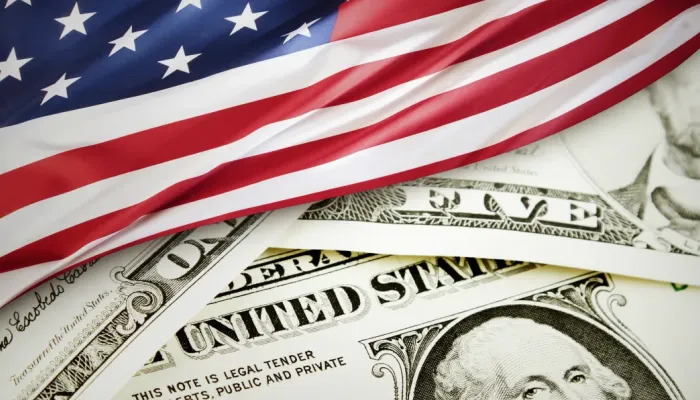Could We Go Bungee Jumping Off the Fiscal Cliff?
It is a point of consensus among those following the budget that the fiscal cliff would likely be very damaging for the economy in the short term, likely pushing it into a recession. However, there is less agreement on how quickly the cliff would hurt the economy.
For example, the Center on Budget and Policy Priorities has argued that the cliff is more like a fiscal slope, where economic damage takes time to accumulate (in other words, we don't find ourselves suddenly in a recession in early January). There is good reason to think that this may be the case. The Treasury Department could keep income tax withholding the same as last year, so the effects of the income tax increases could be put off until taxpayers file their 2013 returns. Furthermore, the sequester would hit spending accounts' budget authority--essentially, their credit cards--so it would take some time before it started affecting the money actually going out the door. Plus, individual projects might not be affected until the accounts run up against their tighter budgetary constraints.
Thus, it is suggested that going over the cliff briefly may focus lawmakers' minds to make a deal before much harm could be done economically. The question is, how long do we have before the country starts to feel the pain or before we slip back into a recession?
In a recent Wonkblog post, Suzy Khimm interviews a few analysts on what they think would happen in the very short term. Mark Zandi states that if a deal could be done within a few weeks after the new year begins, there would be little impact on the economy. After that, he says:
If by early February there isn’t a deal, the first quarter will likely be negative, and if there is no deal by mid-March, when the Treasury is no longer able to navigate around the debt ceiling, then the economy will descend back into recession.
Even if serious damage might not happen for a month or two, Michael Hanson of Bank of America Merrill Lynch Global Research is skeptical that a deal in January would be attainable. According to Khimm:
If we go over the cliff, “I’m not sure how you get anything done until after the inauguration,” said Michael Hanson, chief U.S. economist for Bank of America Merrill Lynch Global Research, predicting that it would take until “late February or early March” to reach a resolution.
And by that point, significant damage would be done. ”It’s a messy process that could still damage the economy. It definitely increases the chance of having one quarter if not two of negative growth,” Hanson said. “There would be a sharp sell-off in the equity market, in business and consumer confidence.”
Indeed, we may already be seeing the effects of the cliff hitting the economy. Although growth in the third quarter has been initially reported as stronger than the second quarter, it was mostly buoyed by consumers who so far have been unconcerned about the cliff. Businesses have said they have been holding back hiring due to the uncertainty, and consumer sentiment can certainly change, especially if we actually go over the cliff.
Going over the cliff briefly is a risky strategy, but it may be necessary if the only alternative turns out to be extending everything instead of coming to agreement at the end of the year or briefly extending the cliff to buy time for an agreement next year. Having a deficit reduction plan would be ideal, but bungee jumping off the cliff would be preferable to adding trillions to the debt.


